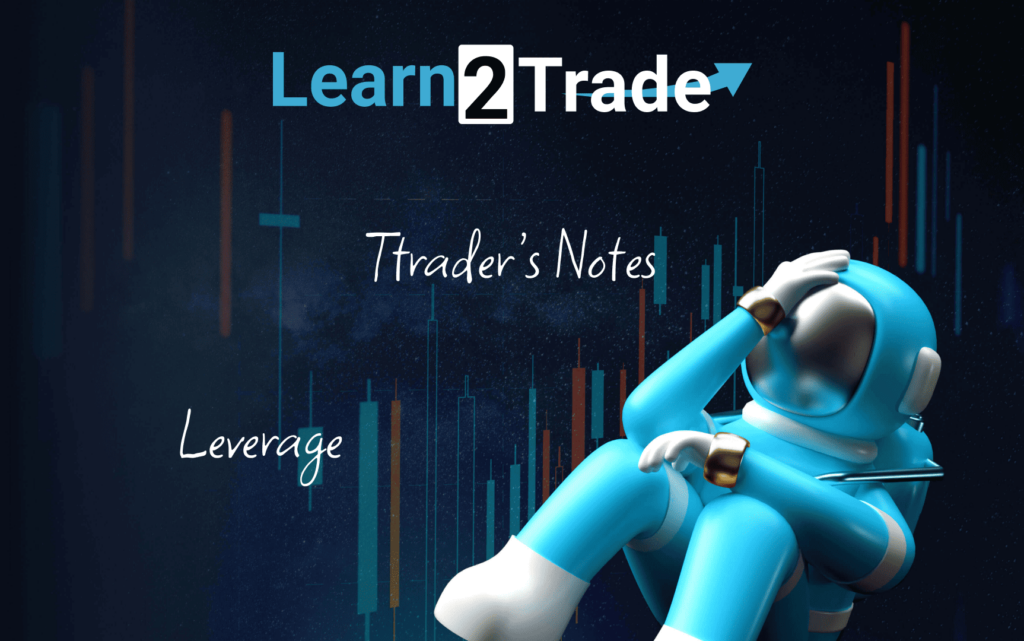In the world of forex trading, leverage is a powerful tool that allows traders to amplify their trading positions beyond their initial investment. While leverage can significantly enhance profitability, it also comes with inherent risks that traders must carefully manage. This article explores the benefits and downsides of trading with leverage to provide traders with a clear understanding of what to expect.
Benefits of Trading with Leverage: Understanding Leverage
- Increased Profit Potential: One of the primary advantages of trading with leverage is the ability to magnify profits. By using leverage, traders can control larger positions in the market with a relatively smaller amount of capital. This means that even small price movements can result in substantial gains.
- More Trading Opportunities: Leverage enables traders to enter into larger and more diverse positions than they could afford with their own capital alone. This opens up opportunities to explore different currency pairs and trading strategies, thereby potentially increasing overall trading opportunities.
- Capital Efficiency: Instead of tying up large amounts of capital to execute trades, leverage allows traders to allocate their capital more efficiently. This can free up funds for other investments or trading opportunities, providing flexibility in trading decisions.

Downsides of Trading with Leverage
- Increased Risk of Losses: While leverage can amplify profits, it also magnifies losses. If a trade moves against the trader, losses can exceed the initial investment. This is known as leverage risk or leverage-induced risk, and it necessitates careful risk management and the use of stop-loss orders.
- Potential for Margin Calls: Trading with leverage involves using borrowed funds from the broker. If the market moves adversely, traders may face margin calls, where they are required to deposit additional funds to maintain their positions. Failure to meet margin requirements can result in the broker liquidating positions to cover losses.
- Overtrading and Emotional Decision Making: The availability of leverage can tempt traders to overtrade or take larger positions than prudent risk management dictates. This can lead to emotional decision-making and impulsive trading behaviors, which are detrimental to long-term trading success.
Key Considerations of Understanding Leverage
- Risk Management: Effective risk management is crucial when trading with leverage. Traders should determine their risk tolerance, set appropriate stop-loss orders, and avoid over-leveraging their positions.
- Understanding Margin Requirements: Each broker has specific margin requirements and rules regarding leverage. Traders should fully understand these terms before engaging in leveraged trading to avoid surprises or misunderstandings.
- Educational Resources and Practice: Before trading with leverage, it’s essential for traders, especially those new to forex markets, to educate themselves thoroughly. Utilizing demo accounts to practice leveraging strategies and understanding market dynamics can help build confidence and competence.
Trading with leverage can be a potent tool for forex traders seeking to maximize their trading potential. However, it requires a disciplined approach, and diligent risk management practices. By weighing the benefits against the downsides and adopting prudent strategies, traders can harness the power of leverage while mitigating its inherent risks effectively.
For enhanced forex trading experiences, we recommend LonghornFX. With leverage of up to 1:500 and a user-friendly demo account option, it’s ideal for both practising strategies and trading with confidence. We offer lifetime access to all the VIP channel (including the L2T Algo) for creating an account with LonghornFX. Happy trading!